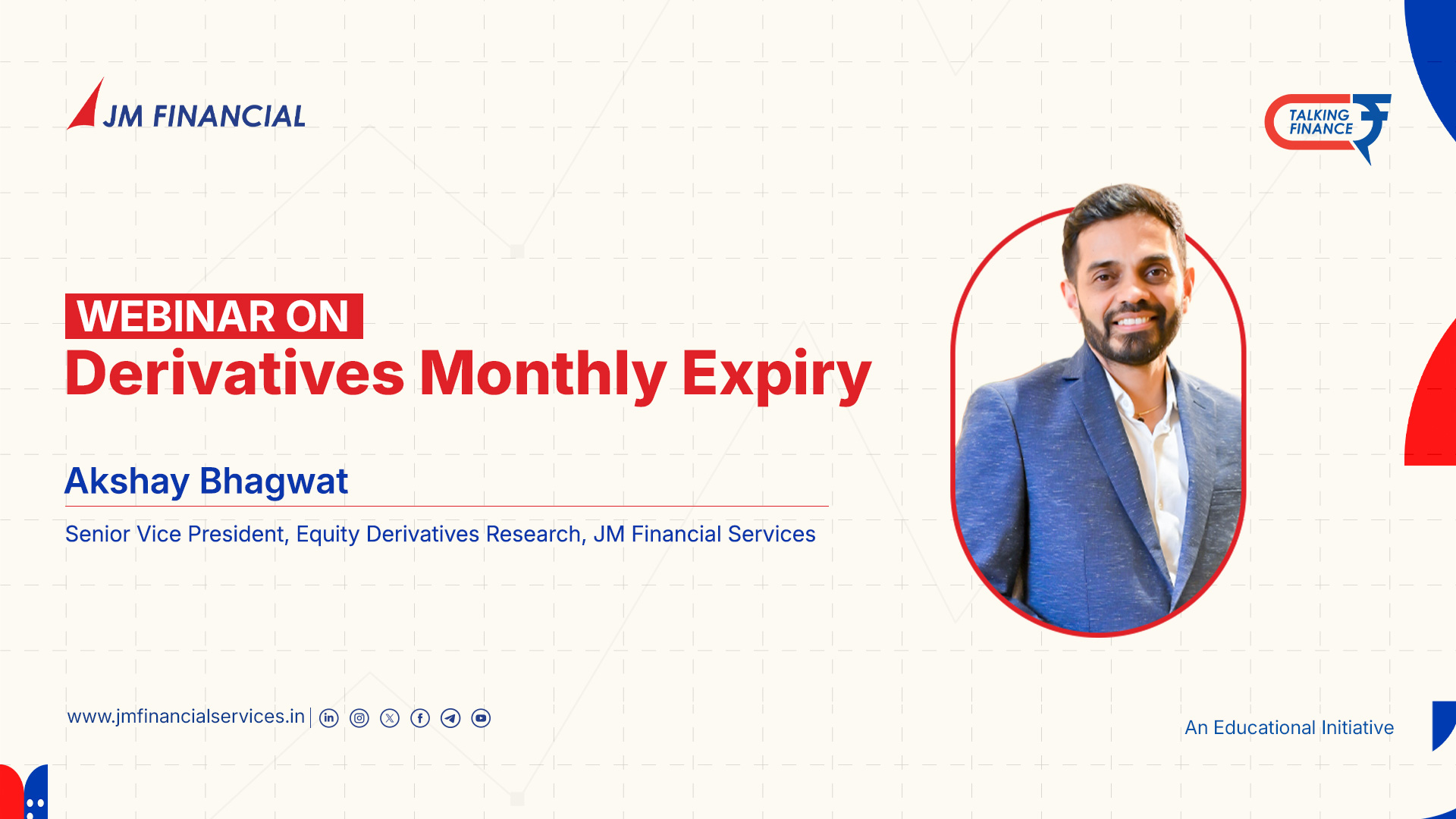Trading in Bank Nifty Future
If you've spent any time around stock market enthusiasts in India, chances are you've heard about "Bank Nifty futures."
It’s almost like a badge of honour among traders — everyone wants to crack the Bank Nifty code.
What is Bank Nifty?
Before we dive into futures, we need to understand Bank Nifty itself.
Bank Nifty is basically an index — a fancy word for a basket of stocks.
Specifically, it tracks the 12 most liquid and large capitalized banking stocks listed on the National Stock Exchange (NSE).
Think of names like HDFC Bank, ICICI Bank, Axis Bank, SBI, Kotak Mahindra Bank, and so on.
The idea is simple: Bank Nifty shows how the overall banking sector is doing. If most major banks are doing well, Bank Nifty goes up. If they’re struggling, it goes down.
What is Bank Nifty Futures?
Now that you know what Bank Nifty is, here’s where it gets a little more exciting.
Bank Nifty futures are contracts that let you buy or sell the Bank Nifty index at a future date, at a price you agree on today.
But wait — you're not buying shares of banks individually.
You're not even buying the Bank Nifty index itself (because you can't).
You’re trading a contract based on where you think the index will go.
- If you think Bank Nifty will go UP ➔ you buy (go long) a futures contract.
- If you think Bank Nifty will go DOWN ➔ you sell (go short) a futures contract.
It's a way of making money from movements in the banking sector without owning a single bank share.
Benefits of Bank Nifty Futures ?
There’s a certain magic about Bank Nifty futures that makes them a favourite among day traders and investors alike:
- High Volatility:
Bank Nifty tends to move fast. And where there's movement, there's opportunity.
(Of course, more movement also means more risk — but we’ll get to that.) - Liquidity:
Bank Nifty futures are super liquid, meaning you can easily buy or sell without worrying about getting stuck. - Leverage:
You don’t need to pay the full value of the contract upfront.
You just need to put up a margin (a fraction of the total), which means you can control a large position with relatively small money. - Clear Trends:
Often, Bank Nifty follows clear trends, especially around RBI policy decisions, earnings seasons, or global news affecting banks.
How Does Trading Bank Nifty Futures Work?
Example:
Suppose today Bank Nifty is trading at 45,000 points.
You believe it's going to rise because the RBI just announced a rate cut (good news for banks).
You decide to buy one lot of Bank Nifty futures.
- Each lot size is 15 units (this can change, so check the latest).
- Let's say the margin requirement is about ₹1.5 lakh (again, check current rates).
If Bank Nifty rises by 200 points to 45,200, here’s your gain:
15 units × 200 points = 3,000 points ➔ ₹3,000 profit.
But — if Bank Nifty falls by 200 points instead, you'd lose ₹3,000.
Simple math, but powerful outcomes.
When and Where Can You Trade It?
Bank Nifty futures are traded on the National Stock Exchange (NSE).
Trading hours are from 9:15 AM to 3:30 PM on weekdays, just like regular stocks.
And here’s the cool part:
Bank Nifty also has a weekly expiry (every Thursday) and monthly expiry (last Thursday of the month).
So traders who love quick action often play in the weekly expiry contracts.
Key Things to Remember Before You Dive In
Now, while trading Bank Nifty futures can be thrilling, it's definitely not a casual stroll in the park.
Here are some real-talk points to keep in mind:
- Respect the Risk:
Bank Nifty can swing wildly — up 300 points one hour, down 500 the next.
Always use stop-loss orders to protect yourself. - Have a Plan:
Don’t enter trades just because "everyone is doing it."
Have a clear strategy — whether it’s based on technical charts, news events, or pure gut feeling (with caution). - Manage Your Capital:
Never risk more than a small percentage of your total trading capital on a single trade.
Protect your money first; profits will come later. - Stay Updated:
Since banking is sensitive to interest rates, government policies, and economic trends, keeping an eye on the news is crucial. - Practice First:
If you’re new, consider using paper trading apps or start with very small positions.
Learn the ropes without burning your fingers.
Quick Story: Karan's Bank Nifty Adventure
Karan, a young engineer from Delhi, was fascinated by stories of people making a fortune in Bank Nifty futures.
On his first day, he bought a futures contract because someone on Twitter said "Bank Nifty will boom after the Fed meeting."
Result?
Bank Nifty tanked 400 points instead, and Karan lost a big chunk of his savings.
What went wrong?
He had no strategy, no risk management, and he blindly followed hype.
Today, Karan trades Bank Nifty futures — but with stop-losses, careful planning, and a healthy respect for the market’s unpredictability.
Lesson?
Always treat trading like a business, not a lottery ticket.
Final Thoughts :-
Trading in Bank Nifty futures can be incredibly rewarding — or painfully punishing — depending on how you approach it.
If you bring patience, discipline, and education to the table, Bank Nifty can become one of your favourite trading instruments.
But if you jump in unprepared, it can quickly humble you.
Take your time. Learn the basics. Practice. And most importantly — respect the market.
The opportunities will always be there.
The question is: Will you be ready to grab them when the time comes?
- PAN Card
- Cancelled Cheque
- Latest 6 month Bank Statement (Only for Derivatives Trading)





